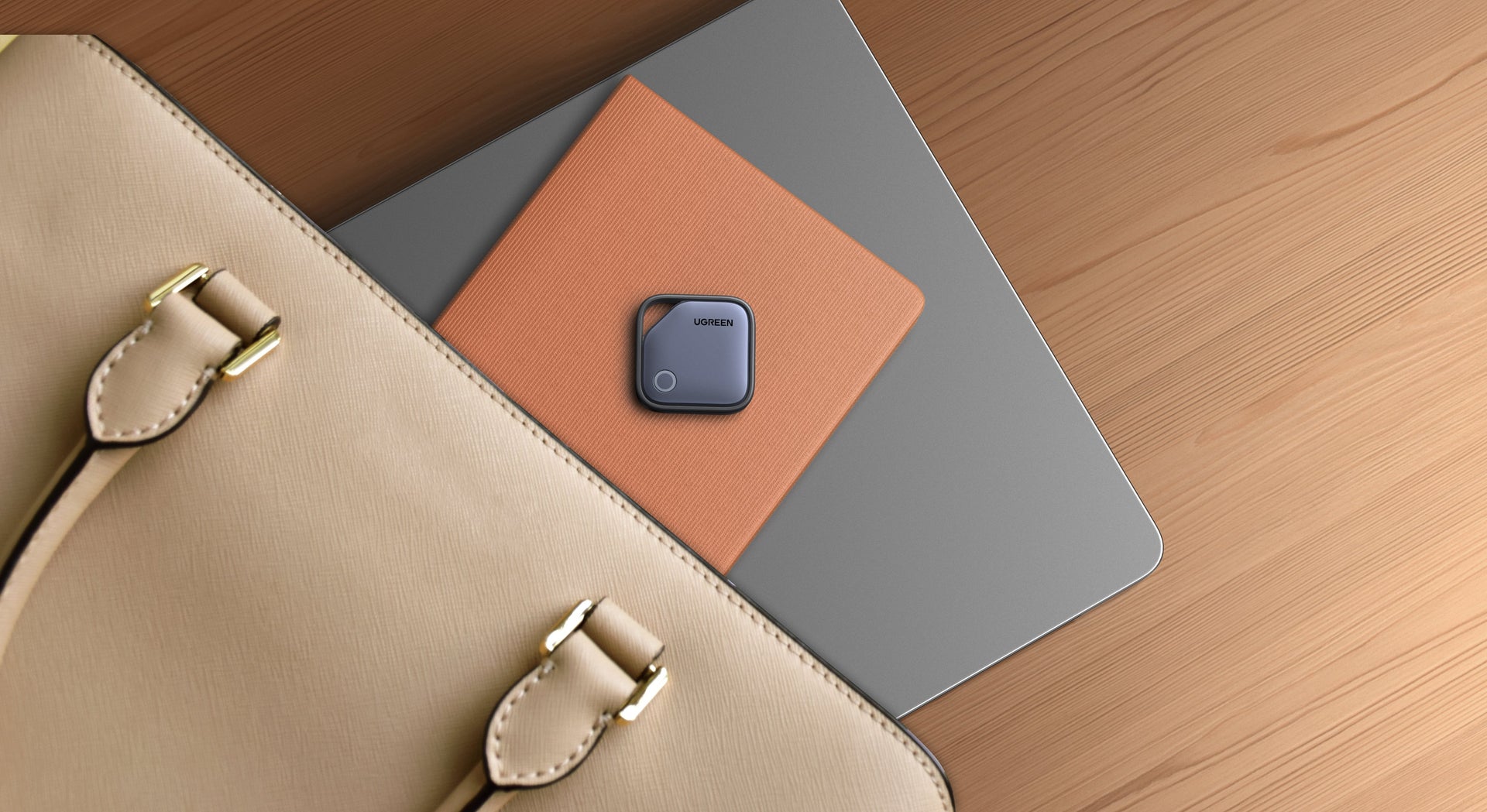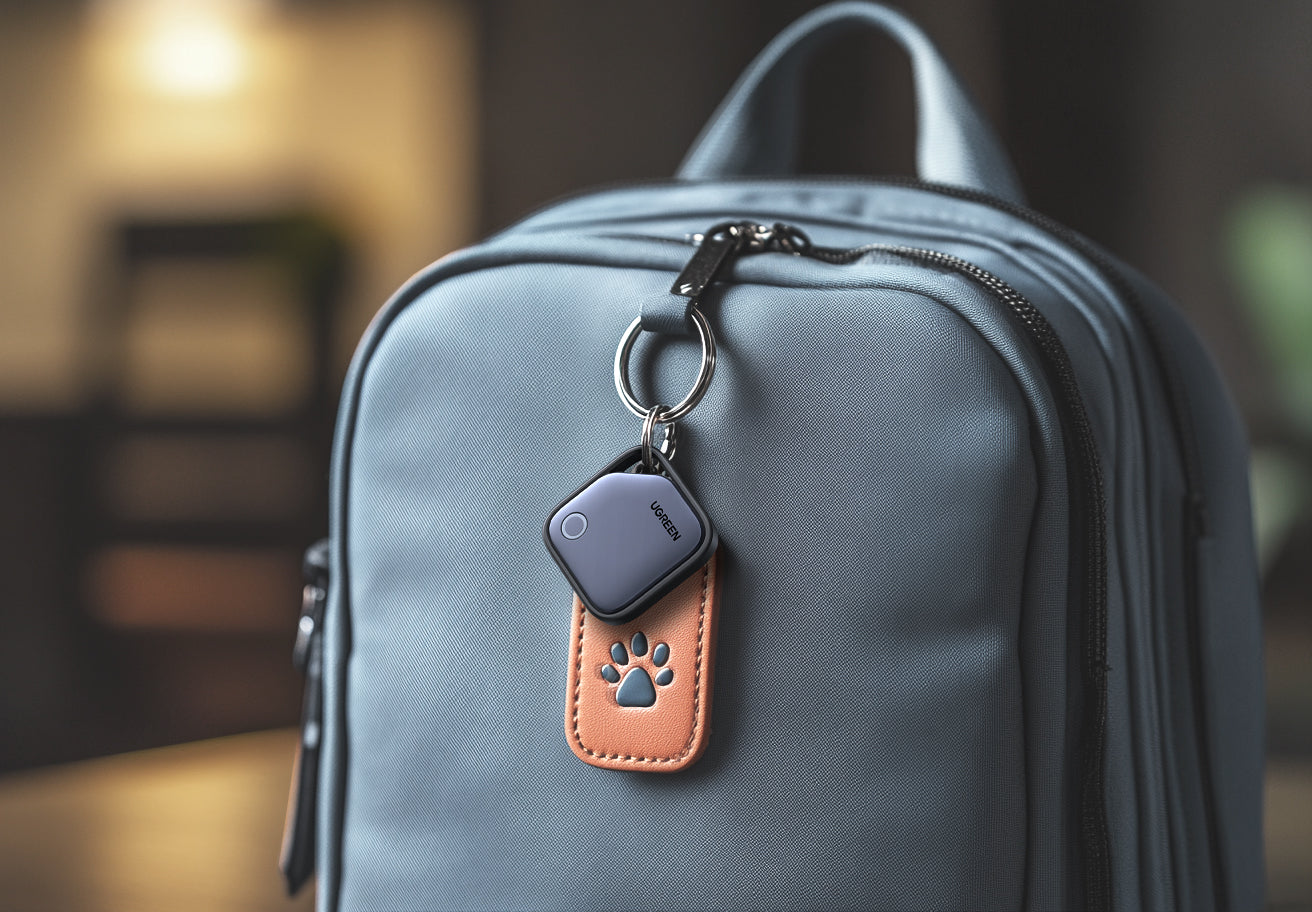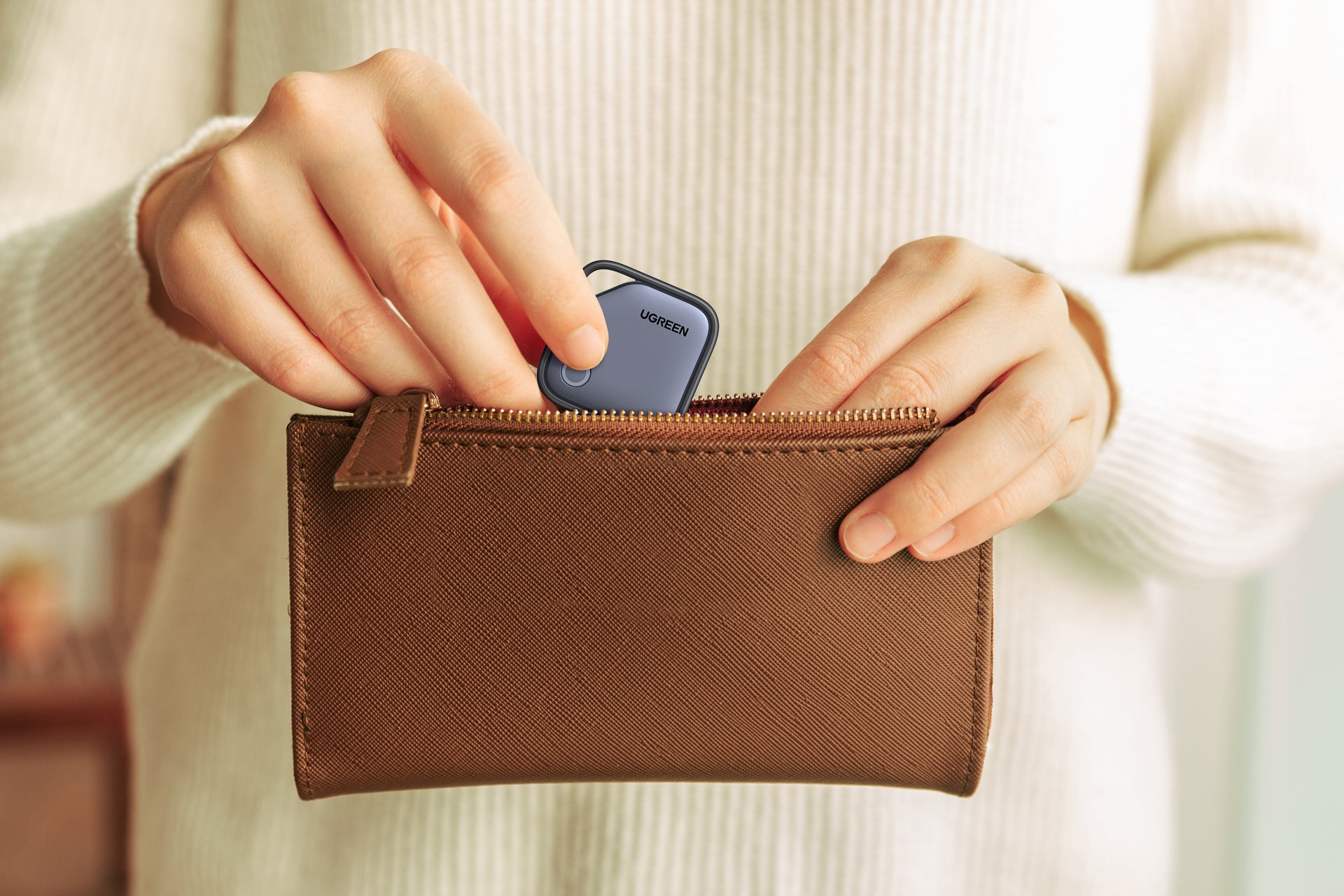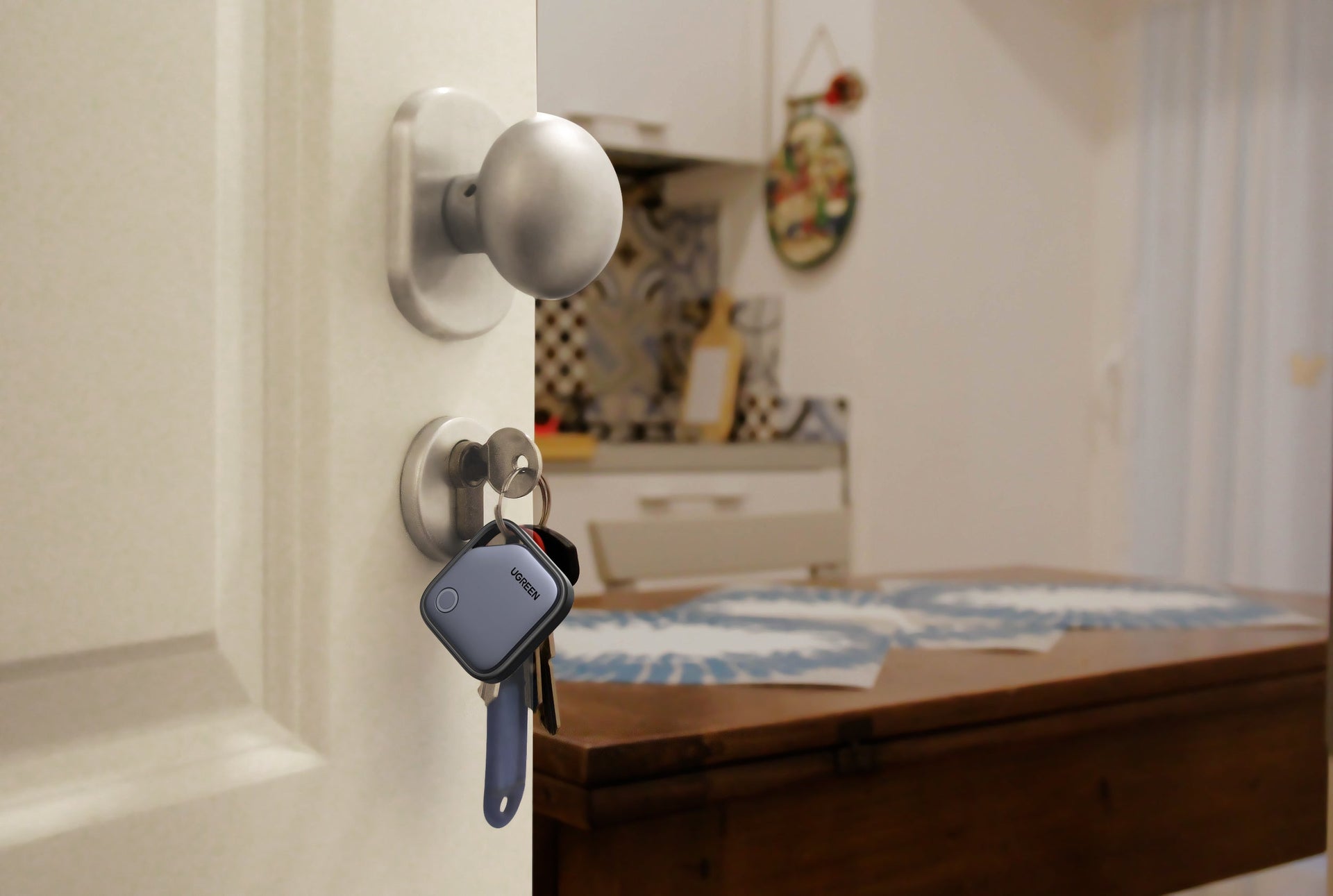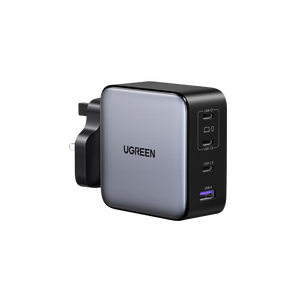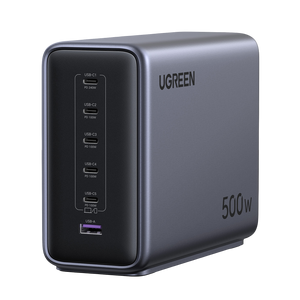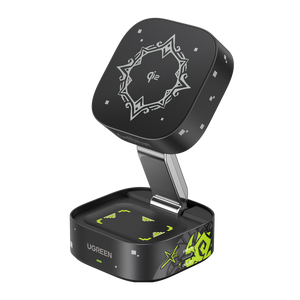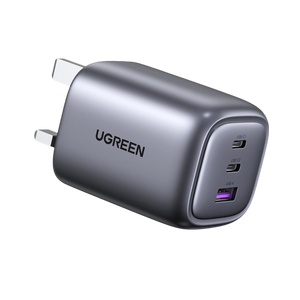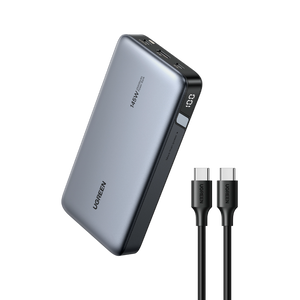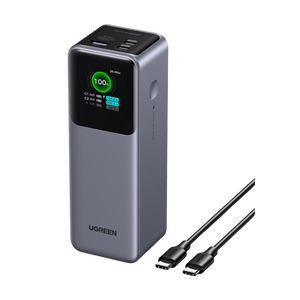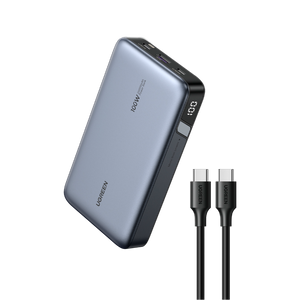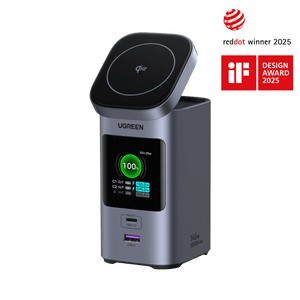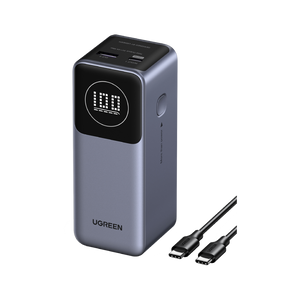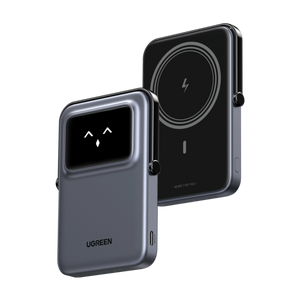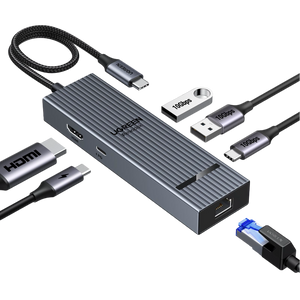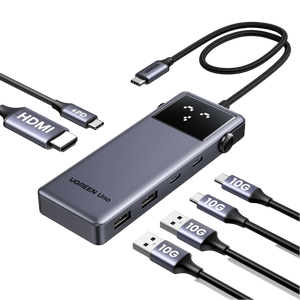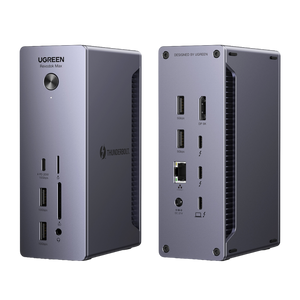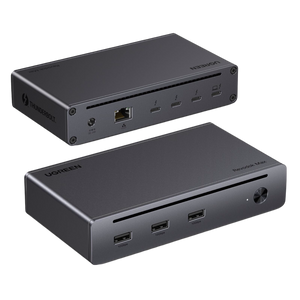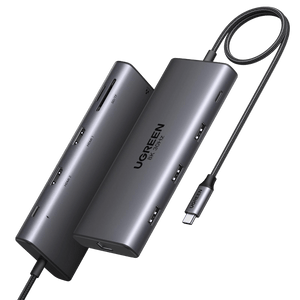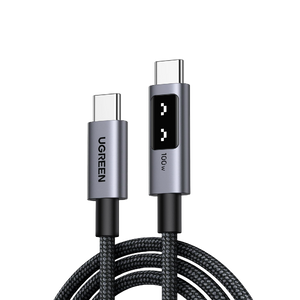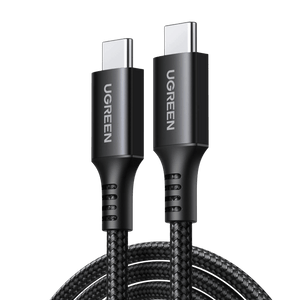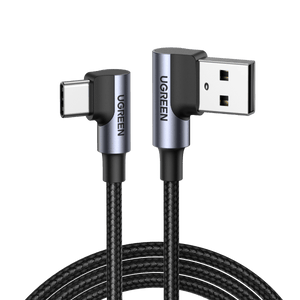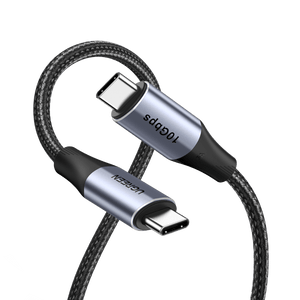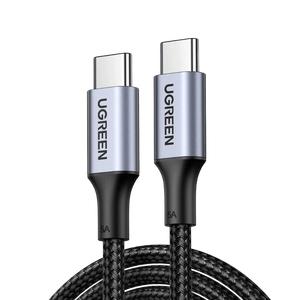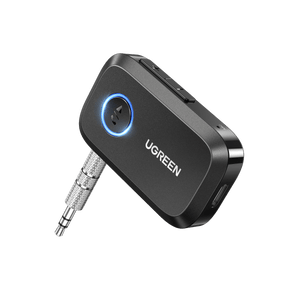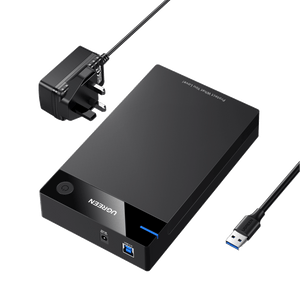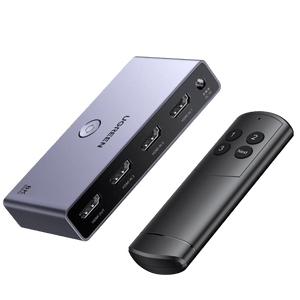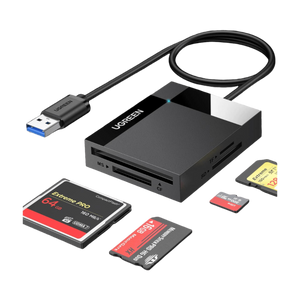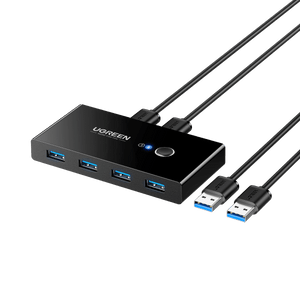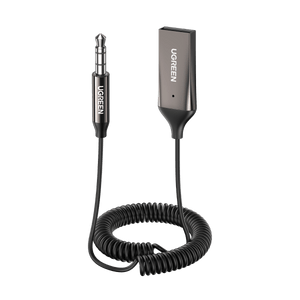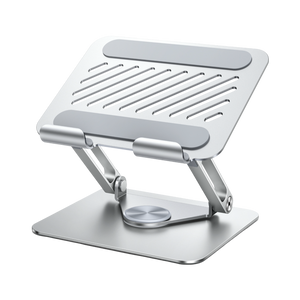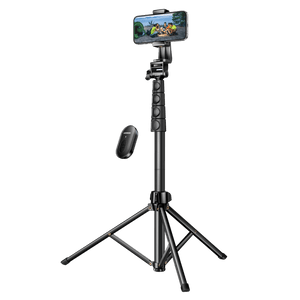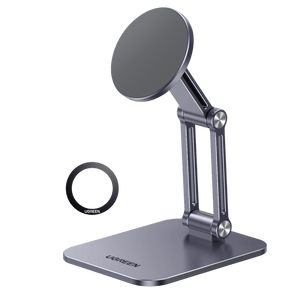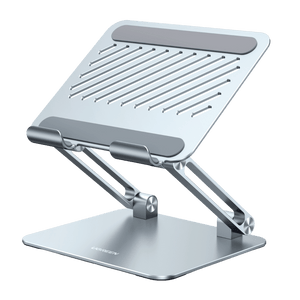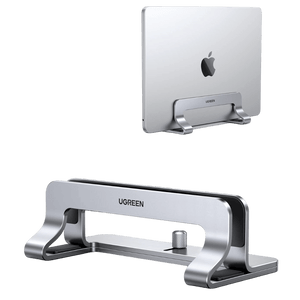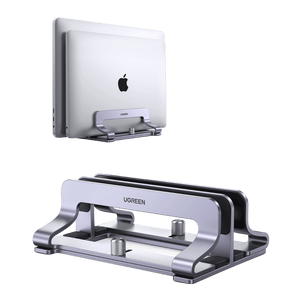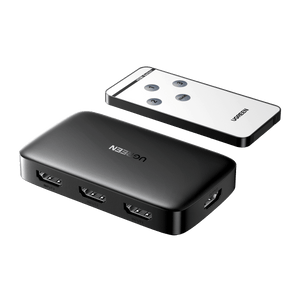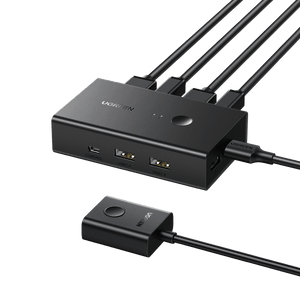Lost Your Wallet? 15 Essential Steps to Protect Yourself Now!
You’re standing in a queue, reaching for your card, when it hits you: your wallet is gone. Maybe you left it at the coffee shop, or someone lifted it from your pocket. Either way, that sinking feeling is real, and time is of the essence. If your wallet is stolen or lost, do not panic. Here is a step-by-step guide on how to safeguard your cash, your identity, and your sanity before little issues become bigger.
And don’t forget, when you lose a wallet, it is not the apocalypse; it is merely a minor blip that you can correct with the correct steps.

Stage 1: Stay Calm and Double-Check
1. Take a Deep Breath and Confirm It’s Really Lost
You are human. The initial response when you lose a wallet is to panic. But you need to override that natural tendency and maintain your composure. Take a second before you call your bank, ask yourself, “is my wallet really missing?” Could your wallet simply be hiding in plain sight? You will be surprised at how many “stolen wallet” stories turn into “wallet lost under the bed” incidents.
2. Retrace Your Steps and Conduct a Thorough Search
If you still can’t find the wallet, don’t assume it is a lost case. If you are asking yourself, how do I find my wallet? It is time to backtrack physically. Start by checking all the obvious and not-so-obvious places. Your backpack. Under your car seat. Yesterday’s coat pockets, even your fridge. If you were out and about, call any stores, restaurants, or taxis you visited.
Many lost wallets are found within hours because an honest person found them. If, after a thorough search, you find it is really gone, it’s time to go into action mode.
Stage 2: Protect Your Financial Information
3. Freeze or Lock Your Debit and Credit Cards Immediately
Once you are certain your wallet is missing, your priority is securing your financial accounts. With the increasing popularity of contactless payments, a stolen card can rack up a staggering amount of bills in minutes. Instead of rushing to cancel cards after losing your wallet, check banks have a ‘freeze’ option on their app.
This option will freeze your card instantly and can be reversed if you find your wallet. Freezing your account is a reasonable first step, as cancelling a card means it has to be reissued with new details. Cancelling your card can be a huge problem if you have subscriptions or regular payments tied to it.
4. Contact Your Bank and Card Issuers
Once you have frozen your cards, call your bank. All major banks have fraud departments that will temporarily freeze your account and initiate an investigation. They can monitor for suspicious activity and send you a new card. Inform them that you’ve lost your wallet and ask for replacements.
Banks will monitor the account for suspicious activity and typically refund contactless fraud. Under the Financial Conduct Authority (FCA) regulations, banks are obliged to reimburse unauthorised payments unless they can prove negligence, but early reporting puts the consumer in a better position.
5. Check for Unauthorised Expenditure
Part of what to do when you lose your wallet is checking for fraudulent activity regularly. Log into your online banking immediately and carefully scan recent transactions.
Look for:
- Small, repeated purchases
- Out-of-the-ordinary online purchases
- Withdrawals you haven’t made
Thieves often make small purchases first of groceries, petrol, or takeaway orders before moving on to larger fraud attempts. Catching these transactions early can strengthen your case when reporting fraudulent charges and may help your bank refund any losses faster.
6. Switch on Fraud Warnings with Credit Reference Agencies
Even if nothing suspicious has occurred yet, it is worth enabling fraud alerts with credit agencies such as Experian or Equifax. Fraud alerts will ensure companies undertake extra ID verification before they offer new credit in your name. This option is a simple way of introducing an added layer of security at short notice. A fraud alert lasts for roughly 90 days, but you can renew it if you need to.
7. Freeze Your Credit Reports
For extra protection, Freeze your credit report. Even this action will block new credit requests from being made in your name without your explicit consent. It is the equivalent of shutting the front door and putting in a deadbolt; nobody can open credit in your name until you personally unlock it. This action is free to do and easy to reverse later if you need a mortgage or loan.
Stage 3: Inventory and Report
8. Make a List of What Was in Your Wallet
With your cash secure, the second thing on your list should be taking stock of what is missing. It’s tempting to think, “Eh, just a few cards.” But wallets tend to hold a lot more:
- Driving license
- Train tickets
- Supermarket loyalty cards
- Membership IDs
- Gift cards (some of them may still be valuable)
Get out a notepad or your Notes app and list all that was inside. That way, you have a precise idea of what you need to replace and if anything sensitive (like your address) was exposed. This inventory will be priceless when filling police reports, insurance claims, and card replacements.
9. File a Police Report and Get a Case Number
In most cases, stolen wallets do not involve criminal geniuses. However, If your wallet was stolen or if it had sensitive information, report the theft to the police. Even if you think nothing will come of it, a formal report protects you in case someone else uses your ID later.
Here’s why it’s worth doing:
- Helps with insurance claims
- Gives extra protection against identity theft
- Required for some replacements (e.g. your driving licence)
Pro tip: Keep the report case number handy. It’s one of those “better to have it and not need it” things.
10. If Keys Were Lost, Consider Changing your Locks
If your house keys and wallet vanished, you need to replace the locks immediately. Burglars can find your address on your driving licence and break in. Call a locksmith you trust, or get a smart lock that you can control remotely using your phone. This action may seem drastic, but it is better than waking up at 2 am thinking, “What if?"
11. Replace Government IDs and Insurance Cards
Replacing your lost government documents should be your top priority.
Start with:
- Driving licence
- Passport
- National Insurance card
- Any medical IDs or health insurance cards
Most services now allow you to order replacements online. All you need is proof of identity. Replacing your lost IDs is an important move as you figure out what to do when you lost your wallet.
Tip: Certain replacements can be requested faster if you claim they were stolen.
12. Cancel and Replace Loyalty, Transit, and Membership Cards
Don’t forget loyalty and travel cards! Some loyalty cards, such as Nectar and Tesco Clubcard, retain monetary value, so it’s worth cancelling and renewing them. You can renew easily via the retailer’s app or by calling customer service.
Stage 4: Identity Protection and Ongoing Monitoring
13. Prevent Future Loss with a Smart Finder
If you want to turn a nightmare into a lesson learned, invest in a smart finder now before history repeats itself. Now is a good time to talk about how to make your next wallet theft-proof (or at least loss-proof). The UGREEN FineTrack Slim Smart Finder is among the best tracking devices for wallets. This ultra-thin card-shaped device is inserted into your wallet and becomes part of Apple’s Find My network. If you lose your wallet again, you can now track it from your iPhone, no sketchy apps required and no anxiety.

Why UGREEN FineTrack Slim Specifically?
- Apple Find My Certified: Seamless integration with iOS/iPadOS/macOS.
- 1-Year Rechargeable Battery: No need to charge every few months.
- Global Tracking: Did you lose your wallet abroad? You can still track it if there’s an Apple device nearby.
- Left-Behind Alerts: You will be notified immediately if you leave your wallet behind at a cafe, bar, or friend’s house.
- Loud Alarm: Did you drop your wallet under your sofa? You can ring it at 80dB and find it in seconds.
- Ultra-Slim: Just 1.7mm thick and slips perfectly into any wallet, without adding bulk.

Losing a wallet one time is bad enough. Twice? Absolute nightmare fuel. So why not consider using a smart finder to find your missing wallet?
14. Change Passwords and Enable Two-Factor Authentication
If you have any password information in your wallet (bad practice, but it happens), change your passwords immediately.
Prioritise in this order:
- Email accounts
- Banking apps
- Shopping accounts like Amazon or eBay
Enable two-factor authentication wherever possible, it adds a second layer of security.
15. Monitor Your Bank and Credit Accounts Regularly
For the next few months, keep a hawk eye on your bank and credit accounts and set up mobile alerts for every transaction. Even if nothing suspicious appears right now, scammers might wait weeks or months before trying to use stolen information.
Be on the lookout for:
- New credit inquiries
- Unrecognisable transactions
- Suspicious letters/emails
Be ahead of the game by checking your accounts regularly.
Final Thought on What to Do Immediately If Your Wallet Is Lost or Stolen
Dropping your wallet can feel like a nightmare, but understanding how to track a lost wallet turns chaos into calm. First, search and confirm it’s truly gone. Then, freeze cards, report to banks, file a police report, and swap out IDs. Shore up your defences with fraud alerts, credit freezes, and a backlog of secure passwords. Finally, invest in a tracking device for wallets like the UGREEN FineTrack Slim Smart Finder so you will never be caught off-guard again.
PS: If you’re grabbing a slim tracker today, make sure you actually set it up. Half the magic is in making sure it’s paired, activated, and ready when you need it most.




